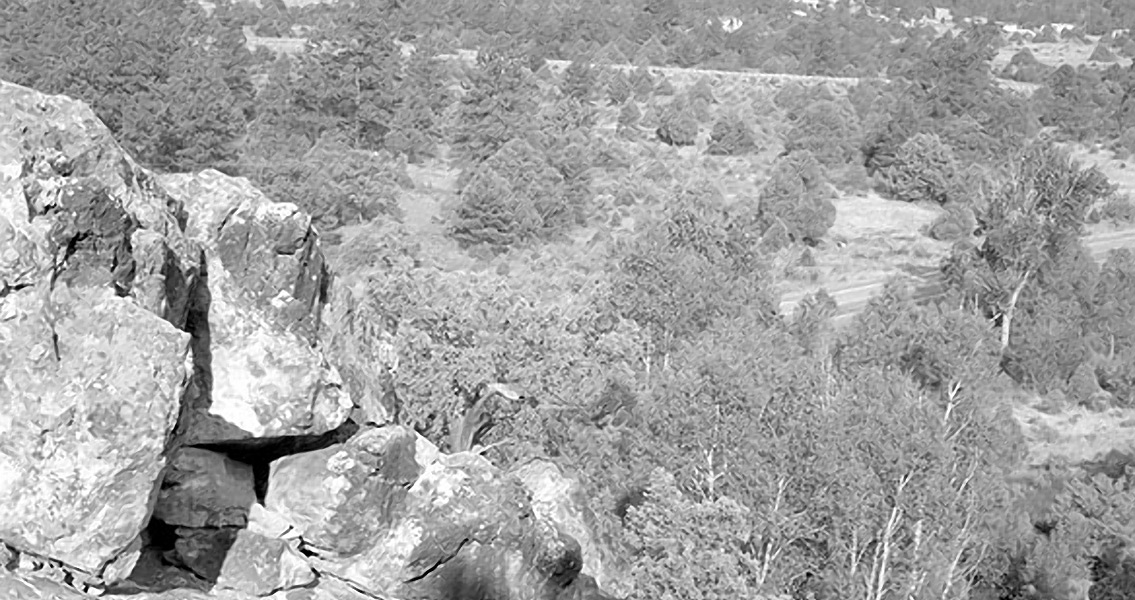<![CDATA[A mass grave in New Mexico, the results of the Battle of Glorieta Pass during the American Civil War, depicts the “pointlessness” of the conflict, according to a state archaeologist. Speaking to the Santa Fe New Mexican, Matthew Barbour from the New Mexico Office of Archaeological Studies said that the grave site highlights the all-too-real consequence of armed conflict. The archaeologist, who recently gave a presentation at the New Mexico History Museum on the remains of the Confederate soldiers who fought, died, and were laid to rest in 1862, mourned the loss of life, calling their painful deaths pointless. Such a statement is sure to generate controversy among Civil War historians, but Barbour stands behind his assessment of the conflict. The battle, which stretched across three days in March 1862, saw 1,300 Union Army soldiers and volunteers clash against around 1,100 Texan Confederate soldiers. Recorded casualties were nearly identical on both sides – 38 Union deaths and 46 Confederate ones – with captured and wounded soldier figures almost the same as well. Both the Union and the Confederates left the conflict declaring victory; however the Civil War in New Mexico effectively ground to a halt after the Confederate supply camp was destroyed in a Northern raid. The human remains of the battle were discovered after a periodic 125-year search when a human skeleton was unearthed during the excavation of a new house’s basement in 1987. Two graves were discovered after state archaeologists descended upon the site. One grave held what was discovered to be John Samuel Shropshire, a Confederate officer who died during the battle; the other held the remains of 30 Southern soldiers. A large number of these soldiers were laid to rest with ammunition and their personal effects, though their weapons were notably absent. Barbour remarked that while the deceased were treated with enough respect to be interred without having their personal property plundered, their muskets would have been too valuable to their living comrades to be abandoned to the cold embrace of the grave. So far, the Union grave site has yet to be discovered. The archaeologist suspects that the final resting place of the Northern soldiers is likely to be on privately-owned land at this point of time. The New Mexico Confederate Historical Society’s president, James Red, was present at Barbour’s presentation. The great-great-grandson of a Confederate survivor of the Battle of Glorieta Pass, Red recounted to the Santa Fe New Mexican that his ancestor had been given the opportunity to pledge allegiance to the North in order to spare his life; the Confederate private took the Union up on its offer at New Mexico’s Fort Craig, where he was then released to return to his native Texas on foot with but a rifle and a canteen filled with water.]]>
Mass Civil War Grave Depicts “Pointlessness” of Conflict
